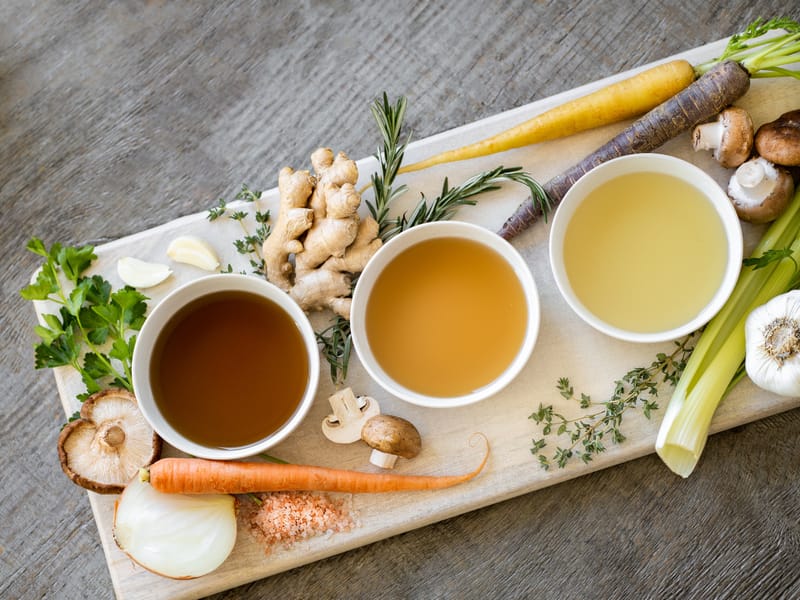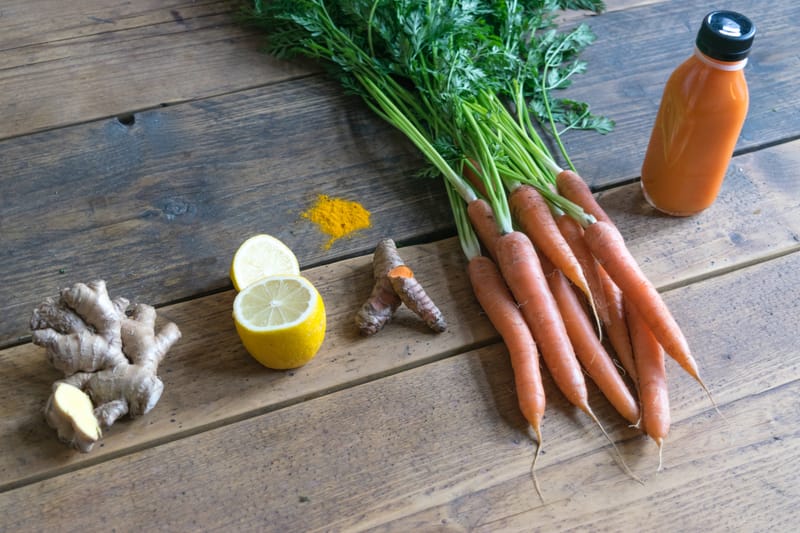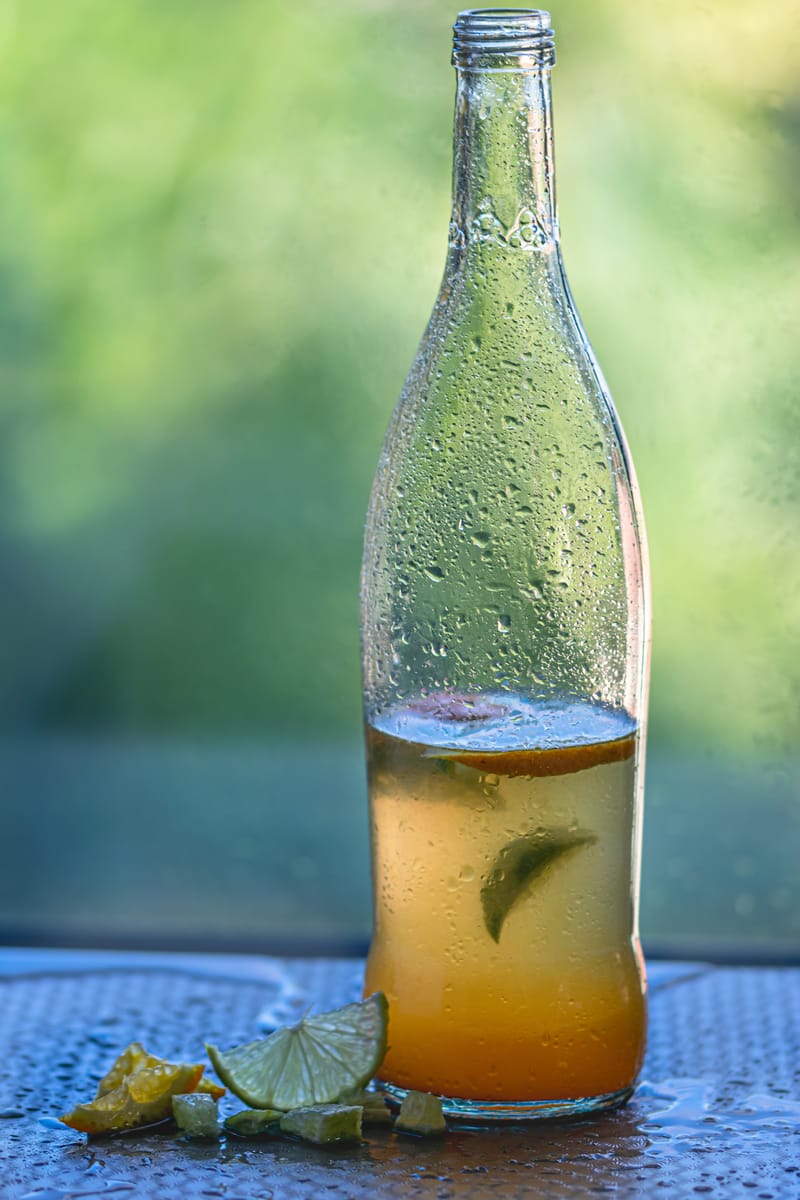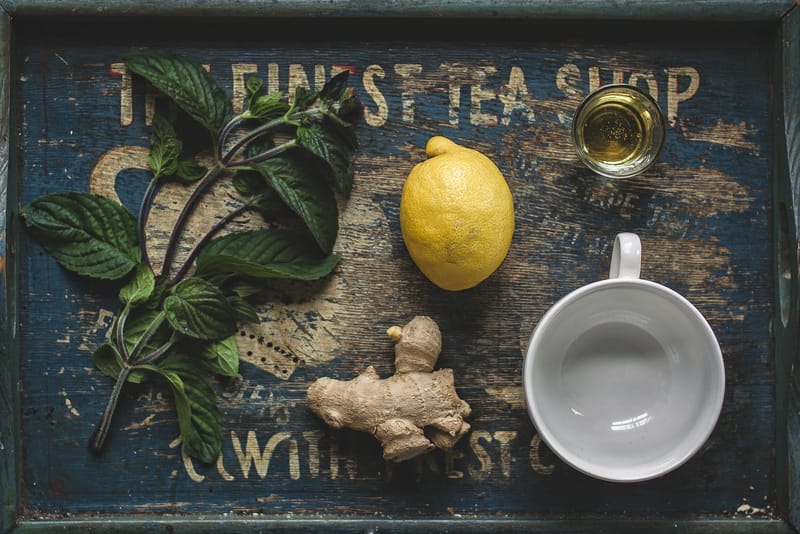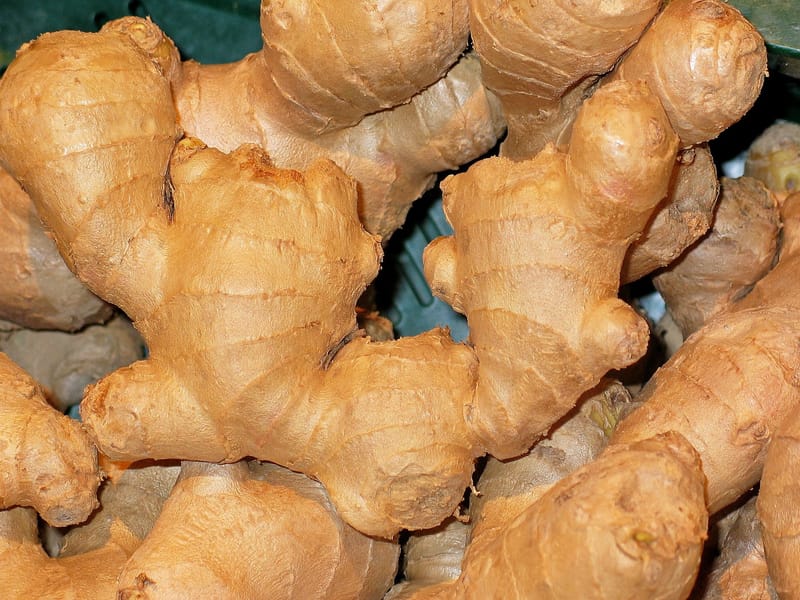Blog #gingerlover
Welcome to the world of Fresh Ginger
Fresh ginger contains antioxidants and other compounds that can help strengthen the immune system and protect against infections. It is also a natural decongestant and can help alleviate cold and flu symptoms.
Read MoreGinger is typically grown from rhizomes, which can be purchased from garden centers or harvested from mature ginger plants. The rhizomes are planted in shallow trenches, and after a few weeks, sprouts will emerge from the soil. Ginger requires consistent watering, and the plants will mature in about 8-10 months.
Read MoreFresh ginger is a popular ingredient in a variety of beverages, with some of the most popular being ginger tea and herbal infusions. These beverages offer a comforting and warming drink that can help to soothe sore throats and alleviate cold and flu symptoms.
Read MoreFresh ginger can be used in a variety of dishes, not just Indian cuisine. It pairs well with seafood, stir-fries, soups, and marinades. You can also add it to baked goods like gingerbread or pumpkin pie for a warm, spicy flavor.
Read MoreThai fresh ginger, also known as galangal, has become a staple ingredient in Singaporean cuisine.
Read MoreGinger-flavored desserts are also very popular in Indian cuisine. One such dessert is Ginger Kulfi, a frozen dessert made with milk, cream, sugar, and ginger.
Read MoreGinger has a rich and diverse history in Africa, where it has been used for centuries for its medicinal, culinary, and cultural significance. Today, it continues to play an important role in African agriculture, trade, and health.
Read MoreFresh ginger is also used in Vietnamese beauty rituals. It is believed to have skin-boosting properties that can help to brighten and tighten the skin. Some Vietnamese women use fresh ginger juice as a natural facial toner or as an ingredient in homemade face masks.
Read More